Drawings and schemes: How to find Ursa Major constellation
How to find Ursa Major constellation
"The ancient Egyptians believed that the drawings of the constellations are messages from the gods, you only need to learn how to understand them correctly."
Google translator 2019, December, original text: How to find Ursa Major Constellation (Russian)
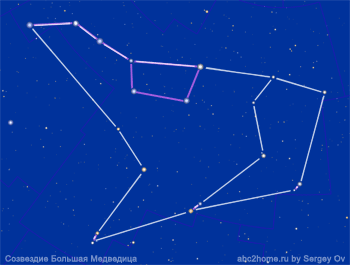
Fig. 1.UMa Ursa Major Constellation. Scheme
The constellation Ursa Major is usually found by its main asterism Big Dipper (Plough).
It would be better if someone showed you the Big Dipper, it’s enough to see this configuration of stars in the sky at least once, and it will always be before your eyes!
But what if there is no one to show the Big Dipper?
For the first time, the constellation Ursa Major can be independently found as follows:
1. If you live in the latitude of Moscow, then waiting for the month of April and going out at about 23 hours local time, you will find the Big Dipper directly above your head, at its zenith. You just have to correctly determine the angular dimensions of the bucket and mentally build its pattern according to the stars (Fig. 5.UMa).
True, at another time of the year, or if you are located significantly south of Moscow, you can’t do without a compass ...
To determine the angular dimensions, you need to know that the angular distance from Benetnash to Dubhe is about 26 °, the angular distance between the thumb and index finger of the outstretched arm of an adult is 16-18 ° Thus, the Big Dipper against the background of an outstretched arm will look approximately, as shown in Fig. 5.UMa.
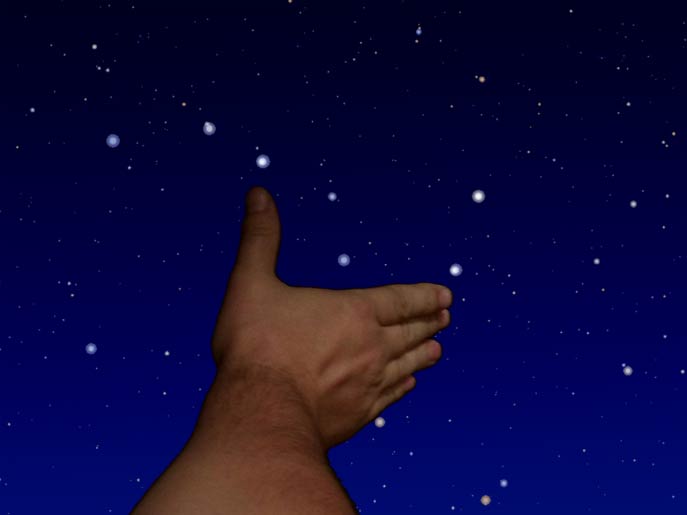
Fig. 5.UMa Estimating the angular size of the Big Dipper with outstretched arms.
2. What to do if you wait too long for the desired April? In this case, you need to prepare a compass and use our virtual map of the starry sky or the table proposed here:
Table A.
Visible location Big Dipper at the latitude of Moscow at 23 hours local time
| Month of the year | Direction | Elevation angle | Note |
| January | Northeast | 30 ° - 50 ° | Big Dipper deployed vertically to the horizon |
| February | Northeast East | 40 ° - 70 ° | Big Dipper is deployed almost vertically |
| March | East | 50 ° - 80 ° | Big Dipper deployed from 40 to 60 |
| April | Zenith | about 90 ° | Better to look turned north |
| May | West | 55 ° - 90 ° | Big Dipper Tilt 80 to 60 |
| June | Northwest West | 40 ° - 70 ° | Big Dipper Tilt 60 to 40 |
| July | Northwest | 35 ° - 60 ° | Big Dipper Tilt 40 to 20 |
| August | North-Northwest | 30 ° - 55 ° | Big Dipper is deployed almost horizontally |
| September | North-Northwest | 20 ° - 30 ° | Big Dipper deployed parallel to the horizon |
| October | North | 20 ° - 30 ° | Tilt the Big Dipper up from 10 to 30 |
| November | Northeast East | 15 ° - 40 ° | Tilt theBig Dipper up 30 to 50 |
| December | Northeast | 20 ° - 40 ° | Tilt the Big Dipper up from 50 to 80 |
The note indicates the location of the Big Dipper in relation to the horizon for an observer looking in the direction of this asterism.
After you have learned to find the Big Dipper in the sky, you will have the opportunity to know all the constellations of the northern part of the non-sphere.
But the first thing to take advantage of the opportunities offered is to determine the position of the North Star. If you find a Polar Star (Alpha Ursa Minor), then you know the exact direction to the north and can determine the cardinal points.
To find the Polar Star you need to mentally draw a line between the stars of the edge of the Big Dipper from Merak to Dubha and continue to the first bright star - this will be the Polar Star! You can test yourself by mentally building the Little Dipper from it, as if pouring into the Big (Fig. 6.UMa). The Polar Star is the most important navigational star, and Merak and Dubhe , helping to find it, are also called Pointers.
Fig. 6.UMa How to find the North Star? - Very simple! You need to mentally draw a line through Merak and Dubhe .
In such a position as in figure 5.UMa Ursa Major and Big Dipper can be seen in early autumn closer to midnight, if you look at the starry sky turning north ... I believe that the figure does not require further explanation (otherwise, write to the forum).
Yes, now you can do without a compass if you can see the stars!
Sergey Ov (Seosnews9): Созвездие Большая Медведица
Constellation finding guide
How to find a constellation? - step-by-step algorithm.
How to find the constellation Ursa Major
How to find the constellation Ursa Minor
How to find the constellation Cassiopeia
How to find the constellation Cygnus
How to find the constellation Boötes
How to find the constellation Orion
How to find the Virgo constellation
How to find the constellation Aries
How to find the constellation Taurus
How to find the constellation Lyra
How to find the constellation Aquila
How to find the constellation Sagittarius
This list of ways to search for constellations is gradually expanding ...
1. The following constellations belongs to the Ursa Major family:
Draco, Ursa Minor, Corona Borealis, Boötes, Camelopardalis, Lynx, Leo Minor, Canes Venatici, Coma Berenices and of course Ursa Major.
Total: 10 constellations!
Fig. 16. Big Dipper family, Ursa Major family
By the way, if you look closely, the external contours of the group of constellations Ursa Major resemble Carlson in the image of Little Ghost with a motor.
●Home
 Zodiac signs
Zodiac signs
 Constellations
✔ How to find Ursa Major constellation
Constellations
✔ How to find Ursa Major constellation


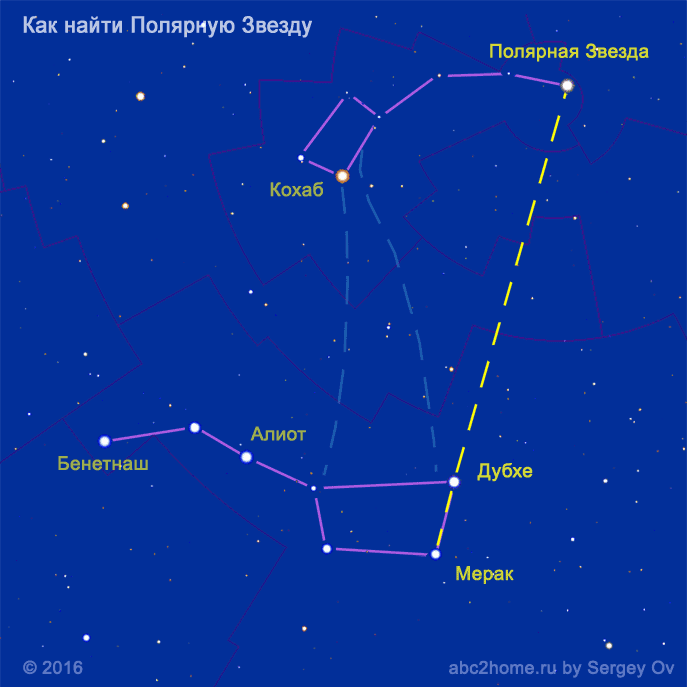
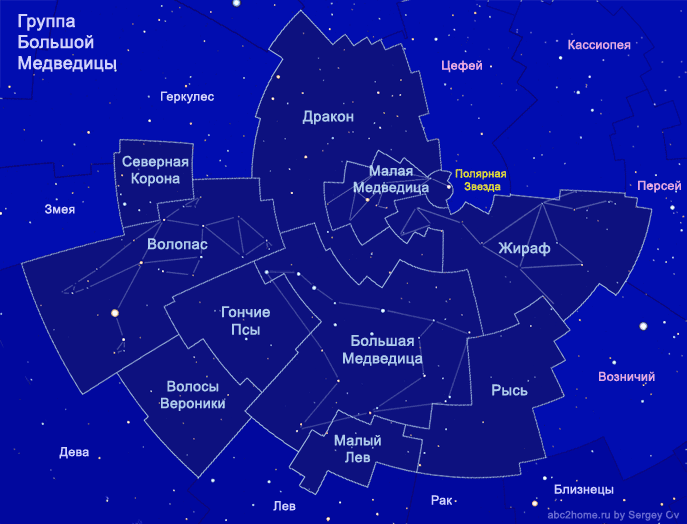
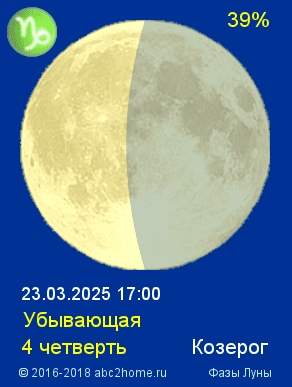


 SIGN ARIES
SIGN ARIES